
Pilates has become more popular than ever – as of 2023 nearly 12 million Americans practice it, up 15% from the year prior. In fact, Pilates recently ranked as the most-booked fitness class worldwide, reflecting how this mindful workout is booming. With this surge in popularity, many newcomers find themselves asking: reformer Pilates vs mat Pilates – which is better for me? Both mat and reformer Pilates offer incredible benefits like core strength, flexibility, and improved posture, but they differ in approach. In this guide, we’ll break down the differences across accessibility, cost, space requirements, exercise variety, intensity, and more, so you can choose the format that fits your goals and lifestyle.
At a Glance – Mat vs Reformer Comparison:
| Factor | Mat Pilates | Reformer Pilates |
|---|---|---|
| Accessibility & Cost | Requires only a mat (≈ $20–$50). Very budget-friendly and can be done anywhere (home, gym, outdoors). | Requires a reformer machine (~$400 to $X,000). Higher upfront cost and often done in studios, though home models are increasingly available. |
| Space Requirements | Minimal space needed – just enough room to lie down and stretch out. Portable and easy to set up wherever you are. | Needs dedicated space (about 7–8 ft long area). Some home reformers fold up or roll away for storage, but you still need room for the equipment. |
| Exercise Variety & Intensity | Bodyweight resistance focuses on core strength and balance. Can use small props (ring, ball, bands) for variety. Intensity comes from controlling your own body weight. | Spring resistance offers adjustable intensity and a wider range of exercises (targeting legs, arms, core). Provides both support and extra challenge, enabling greater range of motion and increased muscle engagement. |
| Fitness Goals | Excellent for flexibility, mobility, and core control. Great for low-impact rehab and improving foundational strength and posture. | Ideal for building total-body strength, muscular endurance, and toning. Great for full-body sculpting and increasing workout challenge while remaining low-impact. |
| Progression & Personalization | Easy starting point for beginners; can modify exercises or increase reps to progress. Shares principles with reformer, and skills carry over. | Highly adaptable (springs can assist or intensify). Offers progressive challenge as you get stronger. Many practitioners mix both methods for a well-rounded routine. |

Accessibility & Cost
One of the biggest draws of mat Pilates is how easy and affordable it is to get started. All you truly need is a good mat, which typically costs around $20–$50. This minimal equipment requirement makes mat Pilates extremely budget-friendly – you can even begin with free workout videos or online classes. Because it’s so accessible, mat Pilates is often the first choice for beginners testing the waters of Pilates.
Reformer Pilates, by contrast, requires a specialized piece of equipment – the Pilates reformer – which can range from a few hundred dollars for basic home models to several thousand for studio-quality machines. Reformer classes also tend to be pricier than mat classes, due to the cost of the equipment and the smaller class sizes (often with more personalized instruction). However, the popularity of reformer Pilates is on the rise, and more affordable at-home reformer options have emerged. During the pandemic, sales of home Pilates reformer machines surged and continue to grow as more people equip personal studios . These days, there are even foldable or compact reformers for home use, making the reformer more accessible than it once was. Many enthusiasts eventually invest in a reformer for home to deepen their practice – after all, you’re not just buying a machine, you’re investing in a healthier lifestyle and your Pilates journey. For those dedicated to Pilates, owning a Pilates reformer is a worthwhile investment that pays off in convenience and consistency. (If you’re ready to bring the studio experience home, Almafit offers a range of professional home reformers to suit different budgets and spaces.)
Space Requirements
Mat Pilates can be done virtually anywhere. You can unroll your mat in a living room, bedroom, hotel, or even outdoors at the park – any space where you have enough room to lie down and move your limbs freely will work. There’s no large apparatus needed, so mat workouts are extremely portable. This means your Pilates practice can travel with you and fit into small spaces; whether you’re in a studio apartment or on vacation, you have the space you need for a mat session.
Reformer Pilates, on the other hand, requires a bit more planning for space. A typical Pilates reformer is about 7 feet long and maybe 2–3 feet wide (roughly the footprint of a couch or dining bench). You’ll need a dedicated area in your home or studio for the reformer to live. Fortunately, many modern reformers are designed with home users in mind – some models have wheels for easy moving, and others can even fold upright for storage when not in use. Still, you’ll want to ensure you have enough clearance around the machine to use it safely. If you’re considering getting a reformer, check out our guide on reformer room size and setup tips to help plan the perfect spot. With a little planning, even a home gym or spare corner can become your personal Pilates studio.
Exercise Variety & Intensity

Mat Pilates often emphasizes precise control of your own body weight. Without any machinery, you rely on bodyweight resistance and gravity to work your muscles. This format places a big focus on the core (“powerhouse”) and on improving balance and alignment. Mat workouts include a series of classical exercises that build strength and stability using just your body – think roll-ups, planks, leg raises, and other moves that engage your abs, glutes, and back. You can still get a very challenging workout on the mat (advanced mat sequences can make even seasoned athletes sweat!), and you can introduce small props like a Pilates ring, mini ball, or resistance band to add extra resistance or variety. However, compared to a reformer, the range of exercise variations on the mat is somewhat more limited, and intensity is increased mainly by doing more advanced movements or additional repetitions rather than adding weight.
Reformer Pilates opens up a broader range of exercises and adjustable intensity levels. The reformer’s springs and straps provide resistance that can both assist you and challenge you, depending on how they’re used. This means you’re able to target muscles in new ways – including arms and legs – with exercises that aren’t possible on the mat alone. For example, on a reformer you might do footwork (pressing against the footbar to work your legs) or leg circles with your feet in straps, which add resistance and support that change the feel of the exercise. The springs can make exercises more intense by adding tension (your muscles work harder against the resistance), but they can also support certain moves to help with alignment or allow beginners to access movements more easily. Because of the sliding carriage and adjustable springs, reformer Pilates can feel more dynamic and full-body; you’ll often engage multiple muscle groups at once and enjoy a greater range of motion in stretches and extensions. Many people find that the reformer introduces an element of variety and “fun” challenge that keeps workouts interesting.
Importantly, both mat and reformer Pilates can be modified for beginners or intensified for advanced practitioners. If you’re just starting out, you can choose easier modifications – for instance, doing bent-knee versions of exercises on the mat, or using lighter spring settings on the reformer – to focus on learning form and building strength gradually. If you’re more advanced, you can amp up the difficulty by attempting the classical advanced mat exercises (which require significant core strength and control) or by increasing spring resistance and trying complex movements on the reformer. In Pilates, form and control are key, so both modalities will challenge you in a safe, progressive way as you get stronger. The bottom line: whether you keep it basic or turn up the intensity, mat and reformer workouts alike will build strength and endurance – it’s all about how you use them.
Fitness Goals
Your choice between mat vs reformer can also depend on what fitness goals you’re targeting. If your goals include improving flexibility, mobility, and foundational core strength, mat Pilates is an excellent option. Mat routines emphasize small, controlled movements that enhance joint range of motion and postural alignment, making them superb for overall mobility. Mat Pilates is also very gentle on the joints – it’s a low-impact form of exercise that doesn’t put added stress on your knees or wrists, which makes it ideal for people who have joint pain or are recovering from injuries (mat Pilates is often recommended as a joint-friendly workout). In fact, many physical therapy programs incorporate mat Pilates exercises to help patients rebuild strength and stability after injuries. Because mat work builds deep core control and balanced muscle engagement, it’s fantastic for rehabilitation and injury prevention. If you’re looking for a gentle yet effective way to start getting stronger and more flexible, mat Pilates will meet you where you are.
Reformer Pilates tends to appeal to those seeking more resistance and a broader fitness challenge. If building total-body strength, muscle tone, and endurance are high on your list, the reformer can be a powerful tool to reach those goals. Each exercise on the reformer adds an element of resistance (thanks to the springs) that can make your muscles work harder than they would with bodyweight alone – this contributes to more pronounced muscle conditioning and sculpting over time. For example, doing leg presses or arm pulls on the reformer provides a strength-training effect similar to using weights, while still being low-impact. Many athletes and fitness enthusiasts use the reformer to complement their training, since it can target muscle groups like arms, shoulders, glutes and legs in controlled ways that improve performance and balance out other high-impact workouts. Reformer Pilates is also highly effective for core strength and stability (just like mat work), with the bonus that it can ramp up your heart rate a bit more, giving you a mild cardio and endurance component. Additionally, reformer sessions are often used as a therapeutic exercise method for those recovering from injury or dealing with chronic conditions – the machine’s support and adjustability allow people who cannot exercise on the floor to still perform strengthening movements safely. In fact, reformer Pilates is frequently utilized as a therapeutic approach to musculoskeletal health because it lets you rebuild strength with proper form and less strain. If your aim is full-body strength, muscle toning, and an extra challenge while remaining gentle on the body, reformer Pilates is an ideal choice.
Progression & Personalization
One of the beautiful things about Pilates is that it truly meets you at your level and grows with you. Many people start with mat Pilates as a foundation – it’s accessible and teaches you the core principles of Pilates (breath, concentration, control, centering, precision, and flow). As you gain experience and strength, you might choose to incorporate reformer sessions to add more variety and resistance to your routine. The two modalities aren’t mutually exclusive; in fact, mat and reformer Pilates complement each other extremely well. Both are based on Joseph Pilates’ classical exercises and share the same underlying philosophy, so the skills and body awareness you cultivate on the mat will carry over to the reformer, and vice versa. For example, the core engagement and alignment you learn doing mat work will help you get more out of exercises on the reformer. Likewise, the reformer might help you understand an exercise better by providing feedback through the springs and straps, which you can then bring back to your mat practice. Many practitioners find that alternating between mat and reformer workouts gives them the best of both worlds – mat sessions help maintain strict form and deep core connection, while reformer sessions offer new challenges and keep things exciting. We encourage you to try both modalities if you have access to them, as each will challenge your body in different ways and contribute to your progress.
There is no one “right” path of progression – you can begin with whichever format you feel most comfortable. Some beginners start on the reformer in a studio with an instructor, while others start at home on the mat. Over time, you may find yourself wanting to experience the other format, and that’s a great idea. Both methods are highly personalizable: you can always adjust the difficulty, add new exercises, or increase the challenge as you get stronger. A well-designed Pilates journey might start with fundamental mat exercises and then incorporate reformer work to continue growth (or vice versa). Ultimately, both mat and reformer Pilates share the same DNA and both will deliver transformative results when practiced consistently. Experts note that using a reformer provides similar improvements in strength, mobility and flexibility as mat Pilates – neither format is inherently “better” than the other in terms of fitness benefits. The best choice is the one that inspires you to show up regularly. You might find that the reformer’s fun factor motivates you, or that the simplicity of mat workouts fits your lifestyle better. Whatever you choose, know that you can always change it up or combine the two. Pilates is a journey, and you’re free to explore all it has to offer.
In the end, there’s no one-size-fits-all answer to the mat vs reformer debate – and that’s a good thing! Both formats are simply tools that help you connect with your body and build strength from the inside out. Whether you prefer the minimalism of mat Pilates or the dynamic challenge of the reformer, what matters most is finding joy in movement and staying consistent. Over time, both mat and reformer Pilates can profoundly transform your body: expect greater core strength, improved flexibility, better posture, and a boost in overall wellness. You can always start with one and venture into the other as your confidence grows. Remember, Pilates is about progress, not perfection – every session on the mat or reformer is a step forward in your wellness journey. So, choose the style that excites you (or mix them up for variety) and commit to it. With practice, you’ll reap the rewards in body and mind, and you’ll have fun along the way. There’s no wrong choice here, and you might even find that both have a place in your routine. Embrace the journey, listen to your body, and enjoy the process of becoming stronger and more balanced. By doing so, you’re not just working out – you’re supporting a balanced, active lifestyle and investing in a healthier you. Happy Pilates!
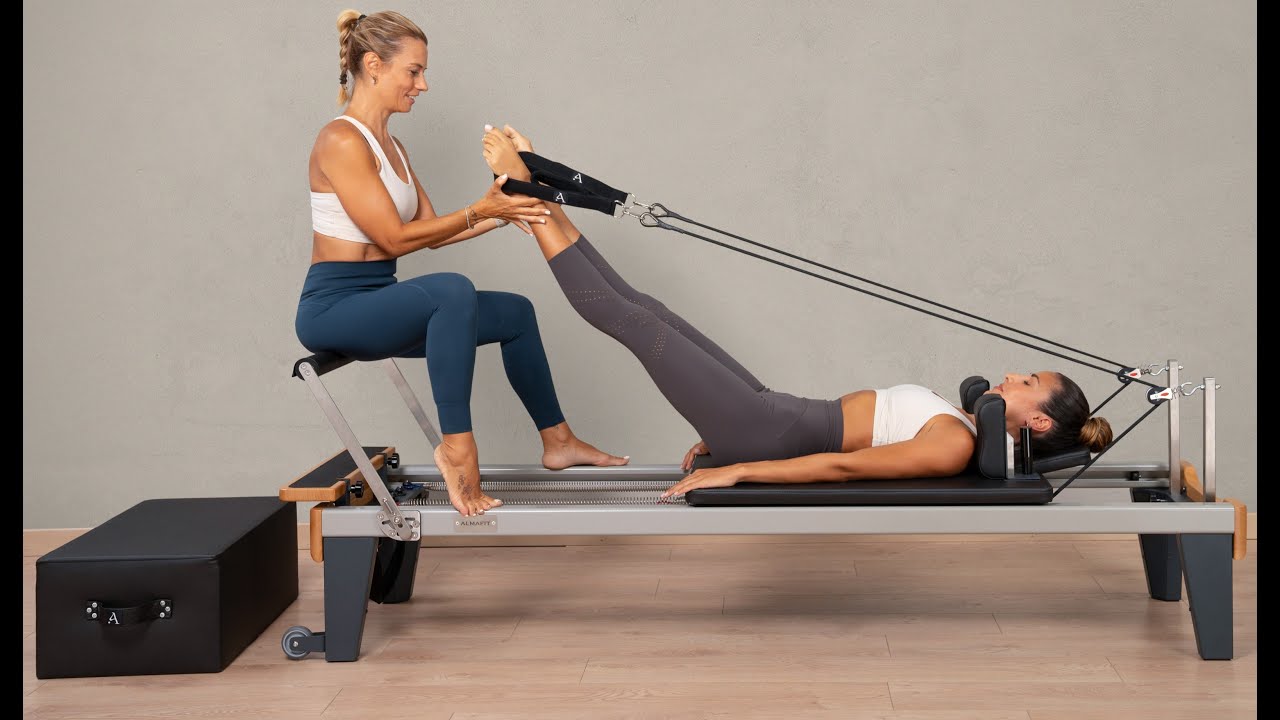
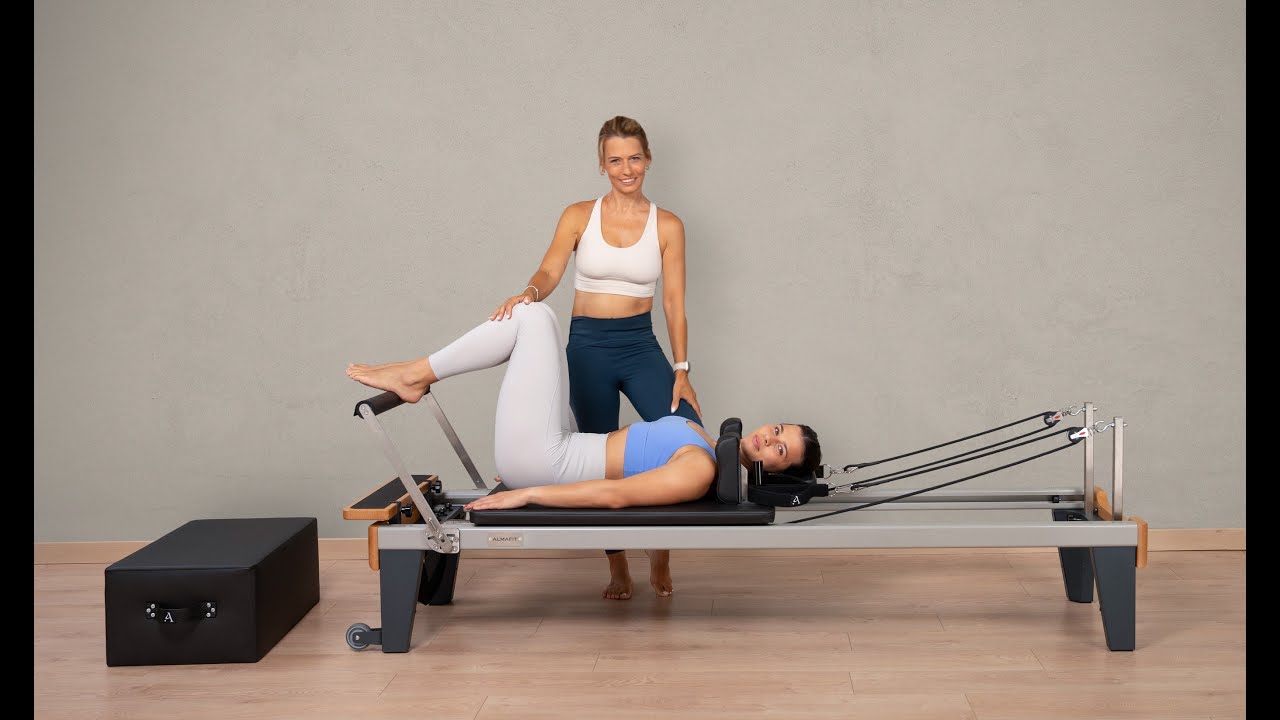
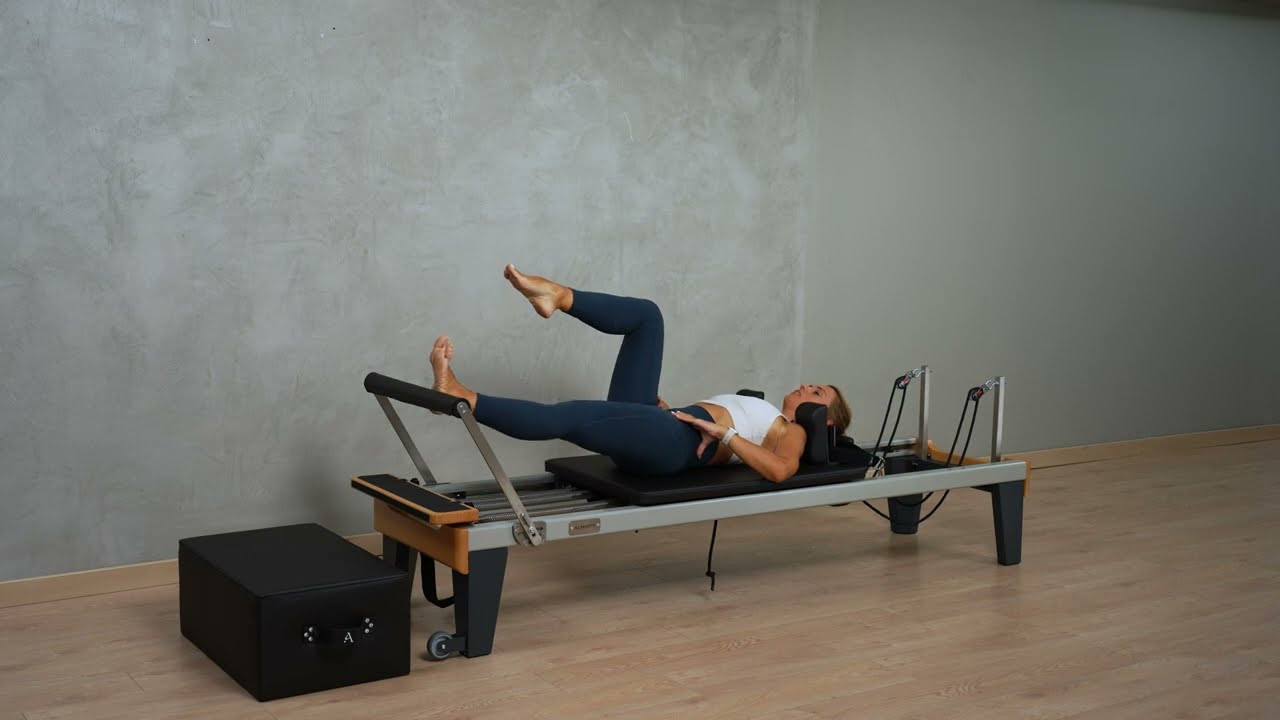
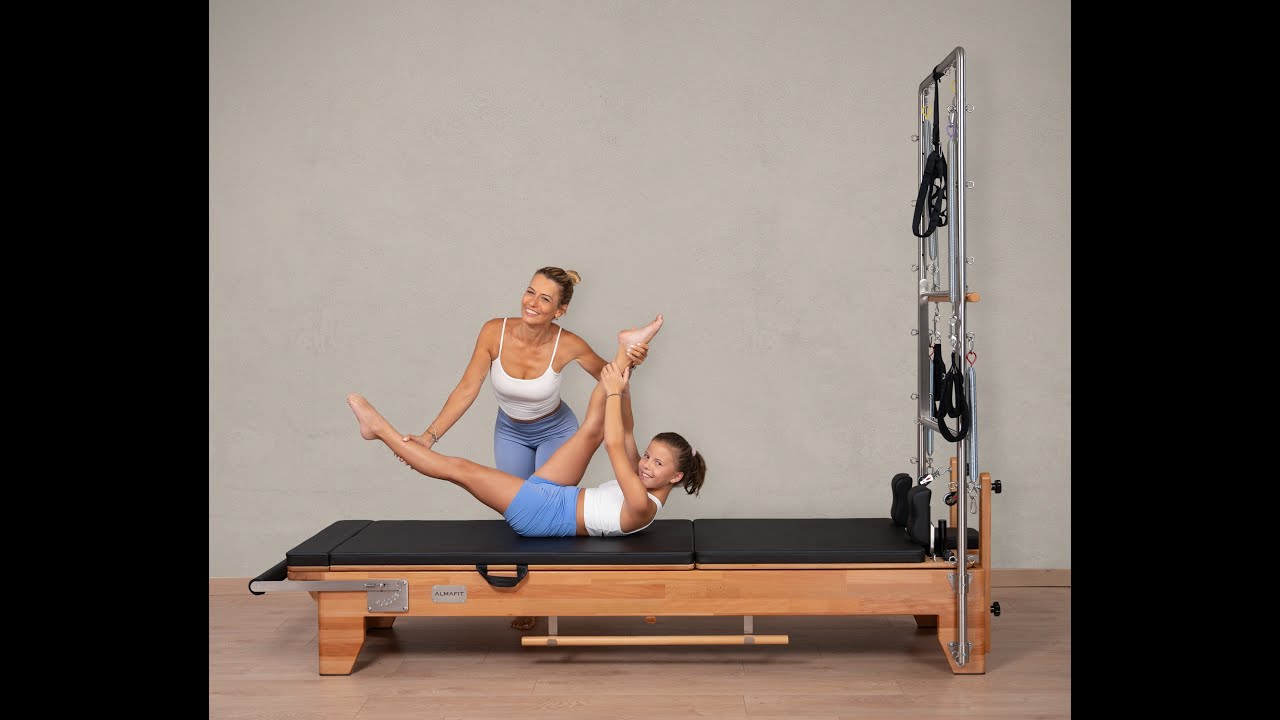
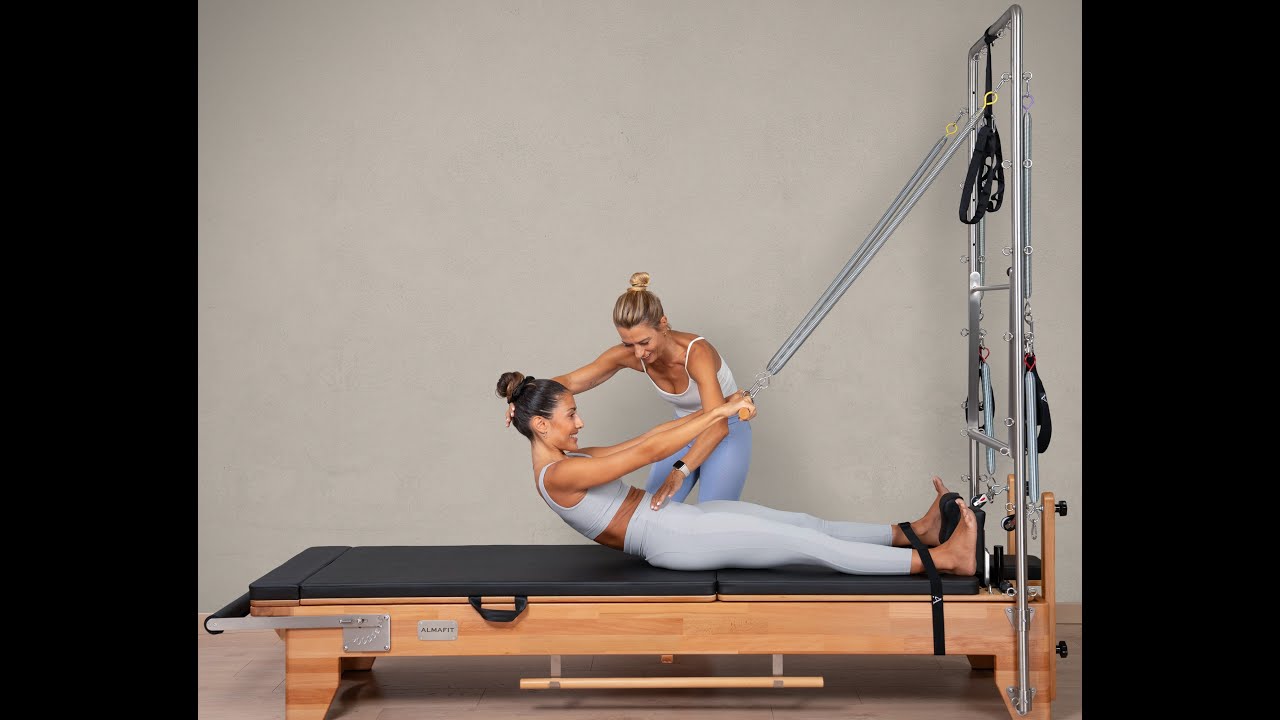
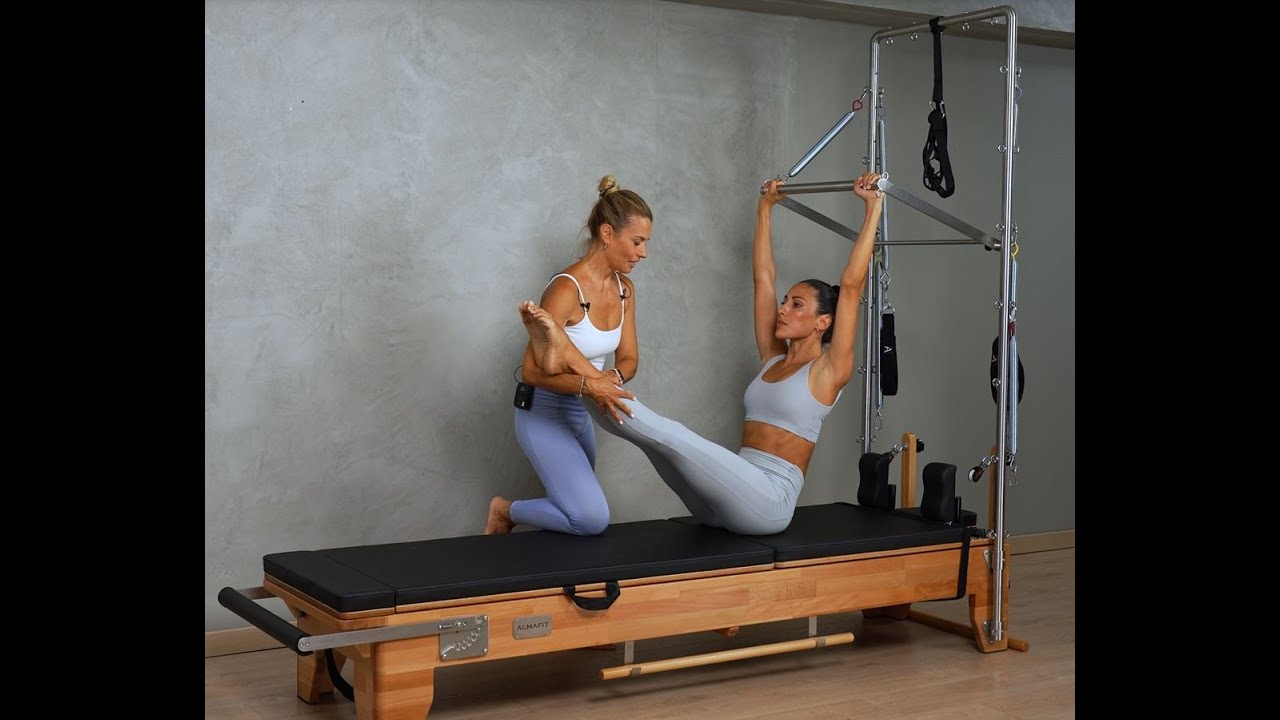
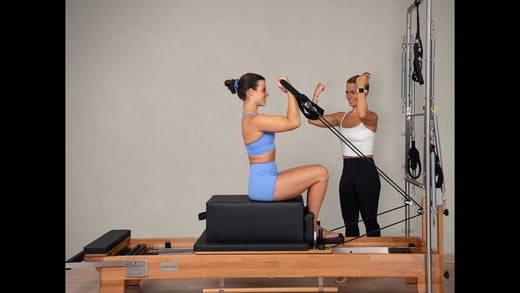
Share:
Home Pilates Studio Setup Guide